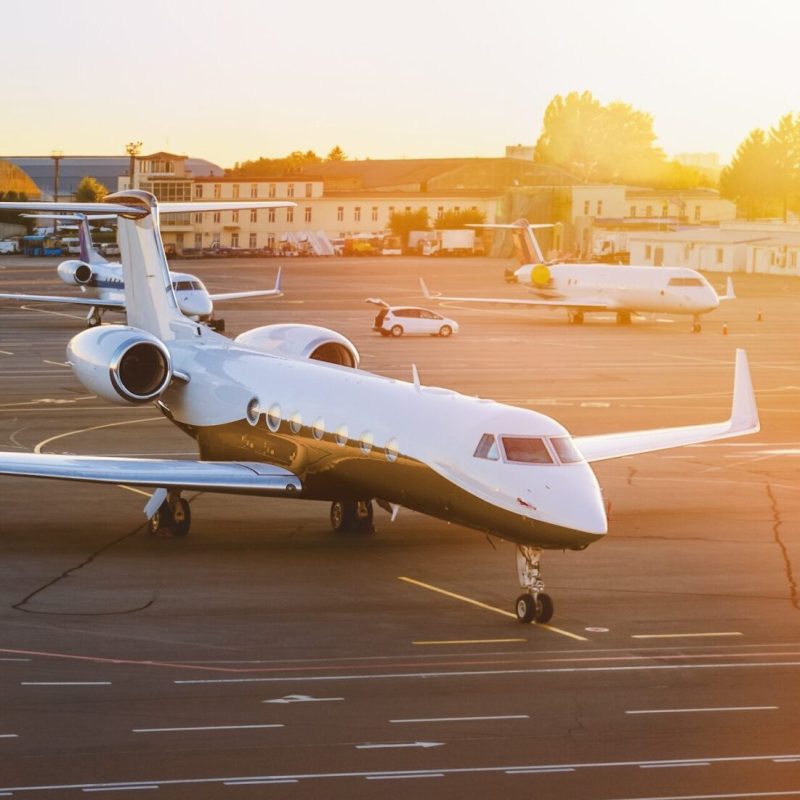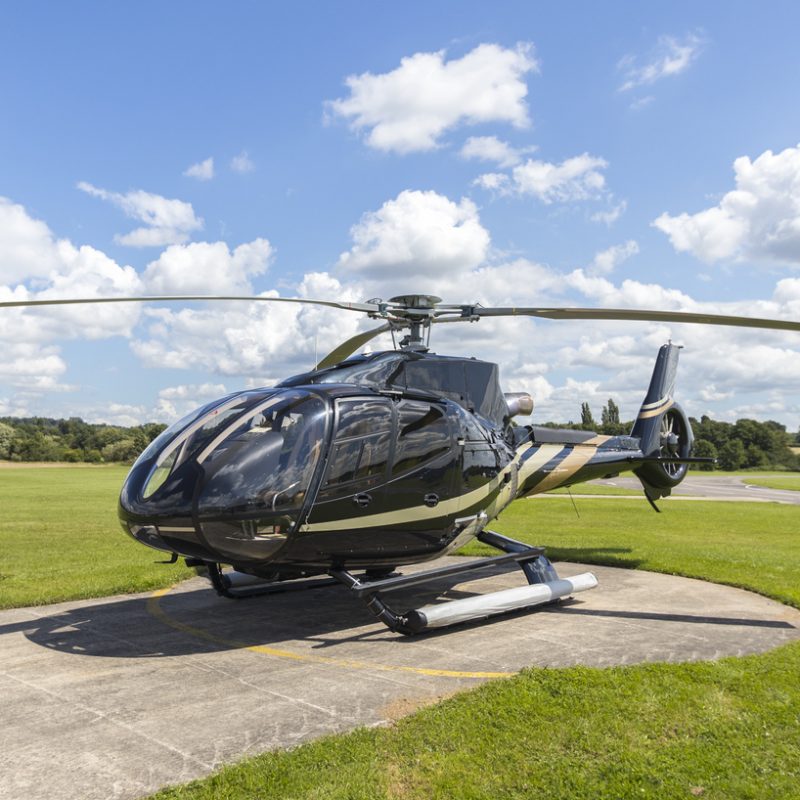A report from November 2022 found that in 2019 pre Covid-19 pandemic, private jet travel emitted an estimated 899,000 metric tons of carbon dioxide (CO2) into the atmosphere. This increased during the pandemic due to private flying. Most of those interviewed said they would continue to fly private jet in the future.
It is a fact, flights are an essential part of travel for high profile figures. This section highlights some of the comparisons between long and shorthaul flights. In some cases perhaps helicopter flights aren’t always essential for short distances, maybe a car or first class train travel could be better?
CO2 emissions from all aircraft vary depending on a number of factors including its size, model, speed and altitude. A commercial airplane emits about 112kg per passenger per hour. Private jets can emit between 2-8 metric tonnes of carbon per hour. A helicopter can emit 500kg in just a 1 hour flight.
However, there is hope on the horizon as private jet travel will be much greener in the future with electric technology looking far more possible. There are a few companies working on electric aircraft, but at the moment this is still several years away






Contrails, otherwise known as vapor trails are emitted from an aircraft along with CO2 emissions. Unlike CO2 emissions which sit in the atmosphere for centuries between 300 – 1000 years, contrails are made of ice and water particles and last for hours. During the daylight hours, on a clear day, the heat from the sun which naturally heats the earth is refracted back out of the atmosphere, but during the night, it acts as a blanket preventing the natural cooling of the earth process.
Helicopters play a crucial part of air travel, primarily for medical and defensive purposes to name just a couple, but also for domestic travel, used by quite a number of high-profile figures who need to get to places quickly. This type of aircraft generally fly at a much lower altitude, are less aerodynamic and need more power to stay in the air, thus emitting far more CO2, in fact 95%. Unfortunately, this has a big impact environmentally.
The volumes emitted vary depending on the different manufacturers, the type, model and size, of which there are many. However due to research from manufactures over the last 5 decades, new technology is emerging rapidly, many are already more aerodynamic and using more sustainable fuel and reducing CO2 emissions. Hybrid models are now being tested by some manufacturers and even aiming for fully electric models and potentially Hydrogen by the end of the decade. However, most of that is in the future and in the meantime, there are many are older models which don’t even support all the current available improvements.
Although there are very few Helicopters in the air compared to other aircraft, operations of those can be a significant source of local air pollution in urban areas particularly when hovering and landing. Some can emit 500kg in just a 1 hour flight
The typical bus produces about 1.3kg CO2 per km travelled.
More data is being complied regarding Tour Buses and will be loaded onto the website shortly
Depending on mileage, a typical family vehicle emits about 4.6 metric tons of carbon dioxide per year.
Due to the size of SUVs (being larger and heavier, and create more drag), they use about a quarter more energy to move than a standard-sized family car. The increase in SUV’s on the road between 2010 and 2018 worldwide, generated an increase of 3.3 million barrels of fuel used per day. According to the International Energy Agency (IEA), the growth of the world’s SUV fleet caused an increase of 0.55 gigatons of CO2 over one decade, to 544 million tons of CO2, making SUVs “the second-largest contributor to the increase in global CO2 emissions since 2010 after the power sector.”
Fortunately, electric vehicles are becoming a more popular choice. According to reports, a total of 10,5 million new BEVs (Battery Electric Vehicles) and PHEVs (Plug-in Hybrid Electric Vehicles) were delivered during 2022, an increase of +55 % compared to 2021

Copyright © 2024. All rights reserved.
